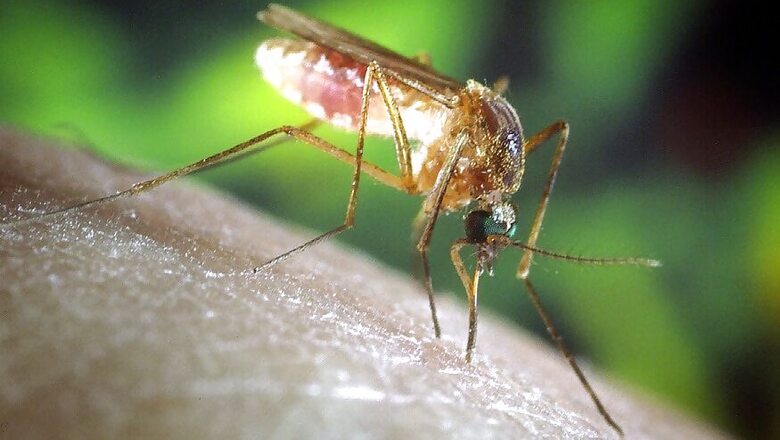
views
The clinical consequences of the Chikungunya virus infection, particularly rheumatic ones, are beginning to be reported.
Dr. Alfonso J. Rodríguez-Moralesa and Dr. Fabrice Simona, in an editorial published in The International Journal of Infectious Disease in September 2019 have said that given the current trends of international travel, healthcare providers should be more aware of the multifocal emergence of the Chikungunya virus and the challenges it puts forward. Notably, chikungunya is a viral disease transmitted to humans by infected mosquitoes including the Aedes aegypti and the A albopictus.
Through the first three weeks of disease, chikungunya manifests intensely with fever, rash and particularly polyarthralgia, polyarthritis or both. However, rheumatic manifestations can persist for months or even years for a variable and non-negligible part of the CHIKV-infected adults.
Over the recent years of Chikungunya research, studies have reported that after 3 months of infection, the prevalence of patients with such clinical persistence ranges from less than 15 percent, up to more than 90 percent. Notably, most of those studies only have followed-up patients until 32 months after infection.
In a study, comparing CHIKV-infected and uninfected adults 6 years after disease onset, the infected group reported higher rheumatic morbidity. They also showed a higher prevalence of headache, fatigue, depressive mood, and social disabilities.
While a majority of patients with post-CHIK status suffer from cumulative mechanical musculoskeletal disorders, a low percentage of people develop a de novo chronic inflammatory rheumatism such as rheumatoid arthritis. These should be treated according to appropriate guidelines.
Furthermore, while most studies converge to conclude that long-term clinical impact of CHIKV occur in about 14 percent of infected patients, mechanisms and predicting factors for the development of post-CHIKV chronic disorders remains to be better identified.
Thus, studies like the one published by Murillo-Zamora in the current issue of IJID should be stimulated and clinical scores or index that could early predict the outcome toward post-CHIKV chronic disorders (Murillo-Zamora et al., 2019) would be useful to sort out patients.
The score proposed by Murillo-Zamora et al. (CCAS-4) showed high sensitivity and specificity to predict




















Comments
0 comment